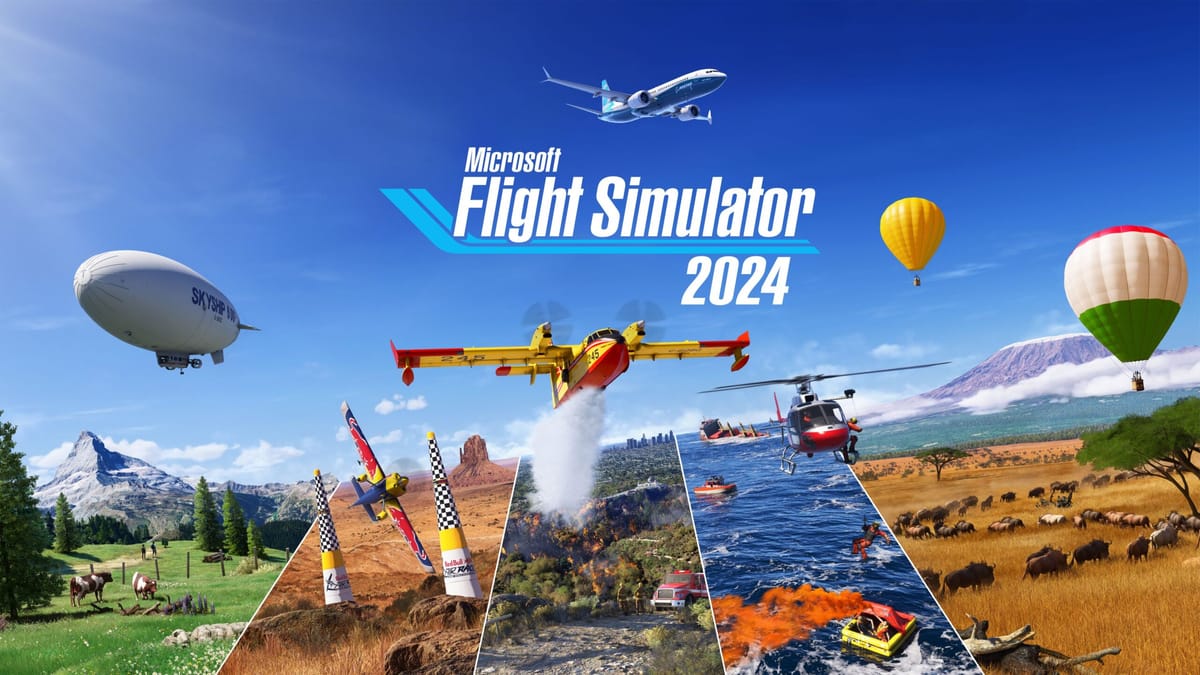A software engineer managed to get PlayStation VR2’s eye tracking working on PC, though they caution that it’s currently “extremely WIP” and lacks calibration.
The developer currently goes by the handle whatdahopper, and releases their software open source as Bnuuy Solutions. Their first publicly released VR tool was OculusKiller, three years ago, which makes Quest Link load directly into SteamVR, bypassing Oculus Dash. More recently they’ve been working on ReLinked VR and OculusWRP, tools that help you avoid needing the Meta Quest Link PC software altogether.
Now, their latest project aims to bring PlayStation VR2’s eye tracking to PC. If you’re unaware, while PS VR2 supports PC VR through Sony’s official SteamVR driver, the headset currently lacks its standout features on PC, including eye tracking, HDR, headset rumble, and adaptive triggers, though the developer of Cactus Cowboy got the triggers working back in September.
As you can see above, whatdahopper today shared the first known footage of PlayStation VR2’s eye tracking working on PC, proving out their reverse engineering work. They note that they are testing going crosseyed here.
whatdahopper tells UploadVR that they plan to release the solution as a free and open source mod of Sony’s official PS VR2 SteamVR driver called DriverEx, and they call their overall PS VR2 reverse engineering project PSVR2Toolbox.
However, they note that their work here is still “extremely WIP”, and currently lacks calibration, which will affect accuracy. Still, they “hope” to get calibration working, and it’s an impressive start to get it working at all.
Currently, unless you can find a used Quest Pro, Pimax Crystal, or Varjo Aero at a good price, the only headsets with eye tracking on PC cost in excess of $2000. Even the Bigscreen Beyond 2e, launching in June, will cost you over $1200 if you have base stations or over $1500, while the Pimax Crystal Super comes in at around $1800.
If whatdahopper can get PS VR2’s eye tracking working reliably with good accuracy, this would make the headset a less than $500 ($400 plus the adapter and cables) option for eye-tracked VR on PC, significantly lower than we’ve ever seen.
As well as driving your avatar eyes in VRChat for deeper social presence, eye tracking can be used for foveated rendering in supported titles, which saves performance. This extra performance can be used to either run demanding experiences at a smoother framerate or render experiences already hitting framerate at higher peak resolution. Combat flight sim DCS already supports eye-tracked foveated rendering, and Microsoft Flight Simulator 2024 is working on adding it in its current beta cycle.
Microsoft Flight Simulator 2024 Getting VR Foveated Rendering
The Microsoft Flight Simulator 2024 beta now has fixed foveated rendering, and the sim will get eye-tracked foveated rendering support in the future.

While whatdahopper says they will release the solution free and open source, they offer Patreon subscription options for those wishing to financially support their work.
We’ll keep in contact with whatdahopper as they continue to make progress on PS VR2 eye tracking, and bring you the news as soon as the solution is publicly available to download and use.
